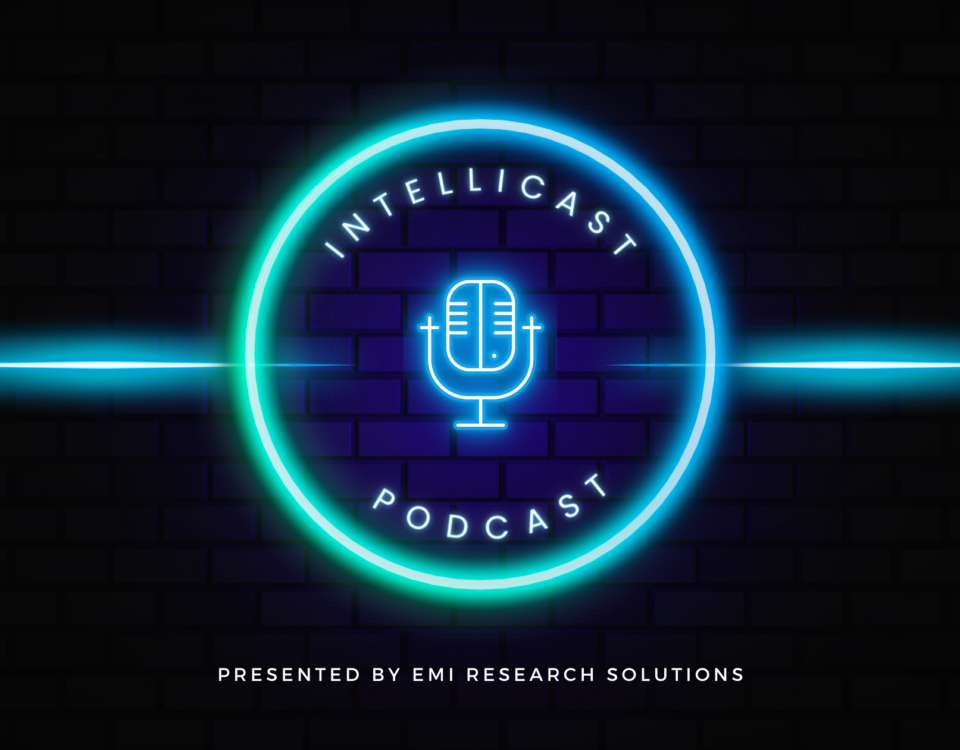
File It Like It’s Hot: How We Do Taxes and What We’re Hoping For
April 14, 2025Last week, I attended my first conference focused on what may seem like a dry subject to the uninitiated: data quality. For much of my tenure in the market research/consumer insights industry (~15 years), I assumed that the data I received was vetted, accurate, and ready for analysis. While there was the occasional counterintuitive or seemingly paradoxical finding, I ultimately placed a great deal of trust in the validity of the data sources. However, over time, I began noticing a sharp increase in data irregularities and became increasingly suspicious.
Fast forward a few years, and I’m attending the aforementioned conference on data quality. What I heard confirmed many of my suspicions – and inspired optimism for an industry whose very foundation is data integrity. Here are my key takeaways:
1. AI Bots Are Evolving (and They Are Sneaky)
Many common methods for detecting bots are no longer effective. Modern bots can navigate most traps and red herrings. The key to staying ahead in this arms race is to “think outside the bot.” In other words, outwit the bots at their own game by confusing them.
2. Legitimate Respondents Are Taking the Survey, Too
With so much focus on rooting out bad actors, it’s easy to overlook the experience of legitimate respondents. It’s not uncommon for respondents to be asked the same screener questions repeatedly before reaching the actual survey, leading to a frustrating experience right from the start. Additionally, certain types of red herring questions can be ambiguous or difficult to answer, potentially screening out good respondents. One way to ensure a positive respondent experience is to have someone uninvolved in the study take the survey and report back on their experience.
3. Opportunities and Watchouts of Synthetic Data
While synthetic data’s merits and potential use cases are still being actively debated, one thing remains clear: generative AI can only create high-quality data if trained on high-quality data. The adage “garbage in, garbage out” is as relevant as ever.
4. ISO 20252
ISO 20252 certification repeatedly emerged as the gold data collection standard. While it may not solve all data quality issues, the accountability that comes with certification can help direct much-needed attention to this essential part of the research process. As end-client requirements for partner certification increase, we’re likely to see more widespread adoption.
5. Collaboration Is Key
Given the importance of data quality in generating insights and driving business decisions, it’s crucial that all parties involved in data collection and analysis work together to filter out impurities in the sample before analysis. This will help ensure that the resulting insights are sound and actionable.
Did you miss out on the conference? Click the button below to request a consultation, and we can give you a full briefing.




